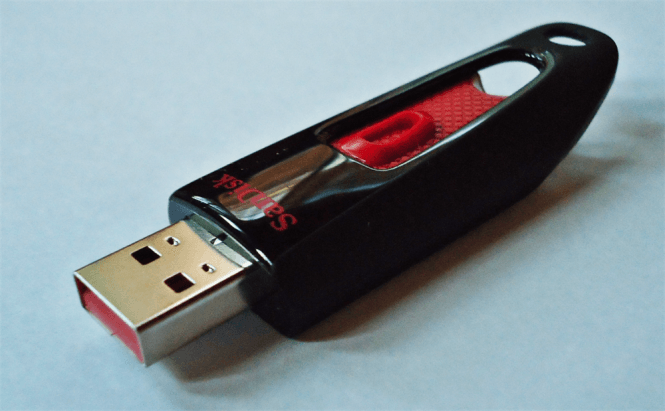 All you need to know about USB drive formatting
All you need to know about USB drive formatting
I'm pretty sure that almost everyone reading this article has had to format a USB drive at one time and another, but how many of you actually knew exactly what they were doing? Why were you choosing to use a specific file system or allocation unit size? Since there are many people who like to know more and prefer to understand their actions instead of simply repeating them, I've decided to write a short guide and tell you everything that you need to know about USB drive formatting.
I guess I should begin by telling you what USB formatting actually is. While many simply use the formatting option as a quick way to erase the contents of their USB drives, its main purpose is to prepare your device to receive and send data to your PC. To go to the USB drive format menu, plug the USB device to your PC, open a File Explorer window, then right-click on the USB drive and choose the Format option. The menu that opens up will present you with a few options:
- Capacity - the total usable size of your USB drive. It shows your device's capacity, being a value that you can't actually change.
- File system - shows the type of partition that you can create. If your drive is smaller than 32 GB you will see four available options: NTFS, FAT, FAT32 and exFAT, which we will discuss in a second. In case you have a larger USB device, the only two options available will be NTFS and exFAT.
- Allocation unit size - determines the size of a single cluster on your drive. To put it as simply as possible, whenever there is data in a cluster, the PC will see it as occupied (not free) whether that cluster is full or not. So, if you choose a large allocation size, you might waste some space. On the other hand, creating small clusters means that the information will have a lot of hops to go through, so the writing and reading speeds will be reduced.
- Volume label - lets you personalize your USB drive by giving it a custom name; there are some limitations based on the file system that you chose.
- Quick format - increases the speed of the formatting process, but it also means that there won't be a scan for bad sectors as well as no attempt to fix them.
As far as partition types go, most people go with NTFS because this one doesn't have a capacity or a file size limit, offers better space management and lets you easily compress or encrypt files. The problem with NTFS is that it's only compatible with Windows and Linux systems. FAT and FAT32 are compatible with all operating systems, but you won't be able to use files that are larger than 2 GB and respectively 4 GB. exFAT is cross-platform and offers the same advantages as NTFS, but you will need special drivers in order to be able to use it on Linux PCs.
Now that you've read all you need to know about USB drive formatting, you might want to check out some of our other articles such as: "How to fix your PC's USB ports", "How to a create a USB recovery drive for Windows 10" or "How To Make A Bootable DVD or USB Flash Drive".




Please what can I do?